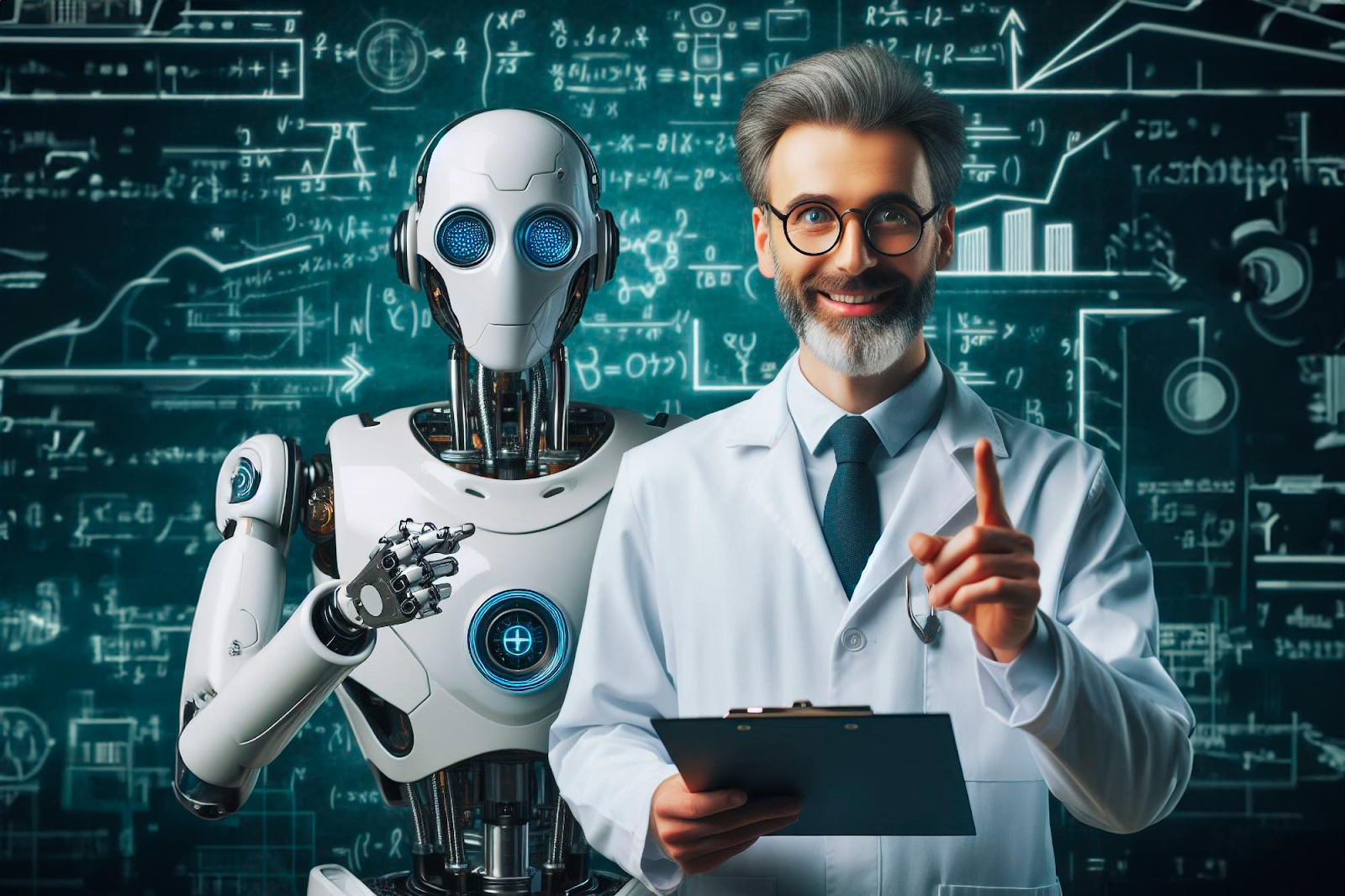The AI-controlled robot can be a good research assistant.
The researchers can use the robots as external bodies. They can connect their computers to the robots on the other side of Earth. So researchers can operate remotely in laboratories. That is at the side of the Earth. The robot uses augmented reality to perform operations like chemical tests. That should done in a fully controlled environment.
The robot that follows the person's every word is always problematic. The reason for that is those systems can allow to circumvent export restrictions. The operator who sits at home in Sweden or Finland can use that robot remotely in the laboratory that is in Indonesia or China. That person can produce things and solutions using that exobody. The robot body that works in the laboratory can also observe people and things that people do in those laboratories.
The robot can operate in laboratories where is at high risk of getting dangerous biological, chemical, or radioactive exposure. In some visions, those assistant robots will operate at lunar bases and orbital trajectories as assistants for manned crews.
"Carnegie Mellon’s AI system, Coscientist, autonomously conducts chemistry experiments, significantly advancing scientific research. By using large language models and automating the experimental process, it offers a new level of efficiency and accessibility in scientific research, with an emphasis on safety and ethical use. Credit: SciTechDaily.com" (ScitechDaily.com/Automating Scientific Discovery: Carnegie Mellon’s AI Coscientist Transforms Lab Work)
The lunar laboratory would be an excellent place to work with dangerous biological material. If there is some kind of leak, the system must only let solar wind sterilize that laboratory. And humans are not risking their lives. The orbital robots can use manipulators that look like human hands. But their shape can be more like tins with rocket engines than humans.
The idea is that robots can learn things with humans. When this robot faces some new problem it asks humans to solve it. In that process, human operators can use advanced 3D models where is possible to see things from an outsider or the 1st. person view. When the operator makes a solution, it will send it to the command system that controls the robot. The robot or its control system can store the solution for the next use.
A robot that works with scientists is a very interesting tool. The robot that is connected with Chat GPT or some other language model can operate in flexible situations. The idea is that the AI can make the code, that is customized for every situation by following spoken orders from the user. It's possible that in the robot's body is the screen where the user sees what kind of code the AI makes.
Or that the robot's user interface can connected to the mobile application. And the user can simply tell the robot, what it must do to the cell phone. Then that application transfers those orders to the robot using the BlueTooth. The idea is that the robot is connected to the central computer through VPN connections. The complicated control code is in the supercomputer far away from the robot. And that thing makes those robots very flexible.
https://scitechdaily.com/automating-scientific-discovery-carnegie-mellons-ai-coscientist-transforms-lab-work/





No comments:
Post a Comment
Note: Only a member of this blog may post a comment.